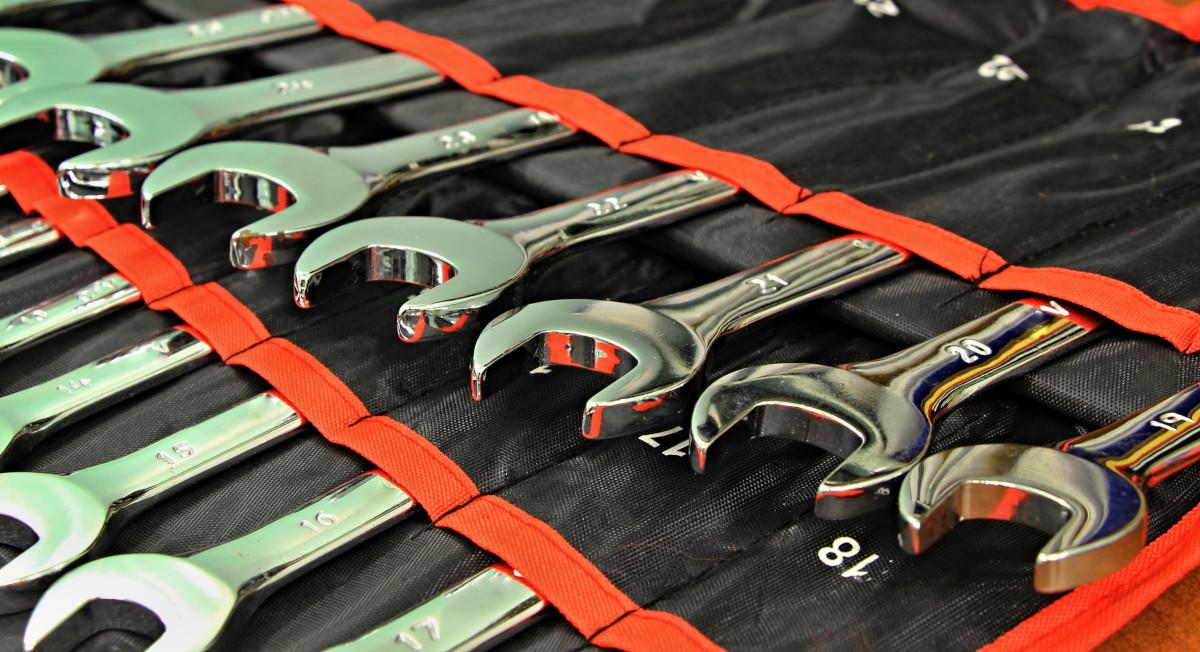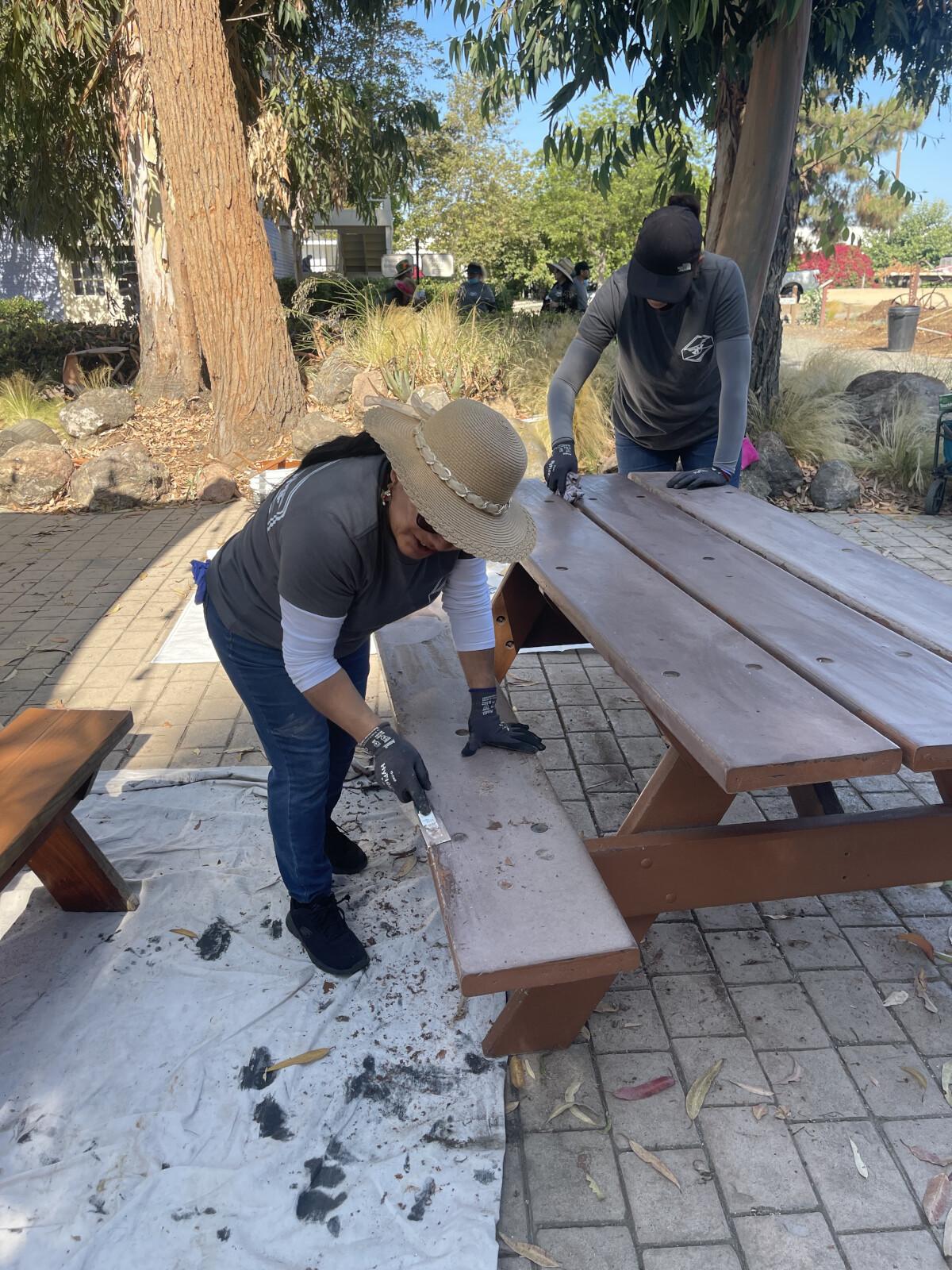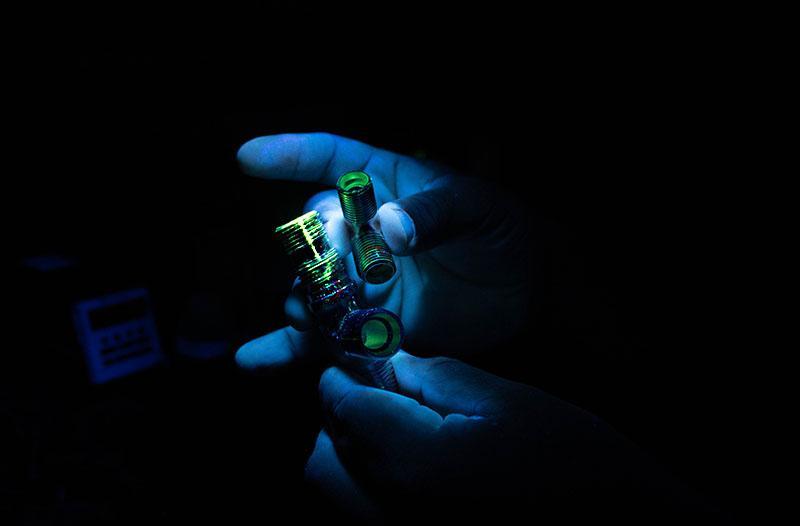Comparative Analysis: Chromic Anodizing vs. Other Anodizing Methods
Anodizing is a common treatment for aluminum alloys, offering a surface finish with superior corrosion and abrasion resistance while minimally affecting the dimensions of the aluminum part being treated. Anodization is a type of conversion coating, a surface treatment that converts the outer layer of the metal itself into a protective shell–rather than actually adding a coat to the part like in plating or painting. And since it integrates the underlying metal itself into the coating, anodized surfaces don’t chip or flake away like paint.
Chromic Acid Anodizing: Type I of Three
Chromic anodizing is the oldest type of aluminum anodization, but generally the less popular of the three types of anodizing due health and environmental concerns. It’s defined as Type I Anodizing by the U.S. MIL-A-8625, which also covers Types II and III, different methods of sulfuric anodization. Because chromic acid, the basis of chromic anodizing, is known to be toxic and carcinogenic, requires very specialized and careful handling, as well as unique wastewater treatment systems, which of course increase its costs.
Sulfuric acid and hardcoat anodizing (Types II and III respectively), were developed as high performance alternatives to chromic anodizing. These alternatives offered higher hardness and corrosion resistance than Type I, and were comparatively safer and more environmentally friendly. And sulfuric acid anodizing methods are much more receptive to dyes, making it an excellent decorative finish as well.
Is chromic anodizing still used?
Chromic anodizing still has its applications, despite the expertise and caution required. Type I anodizing creates the thinnest protective layer of the three, making it best suited for parts that require extremely tight tolerances. It also still offers excellent properties like corrosion resistance, forming properties for manufacturing, and serving as a base for paints and adhesives. Today, chromic anodizing is used in aircraft and aerospace applications that require good protection against the elements but need to maintain their dimensional tolerances above all else.
About Reid Metal Finishing
Reid Metal Finishing is a premiere metal finishing company with decades of experience in anodizing, plating, and other common treatments used to enhance and protect metal surfaces. Contact us today to see what we can do for you!
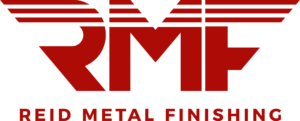
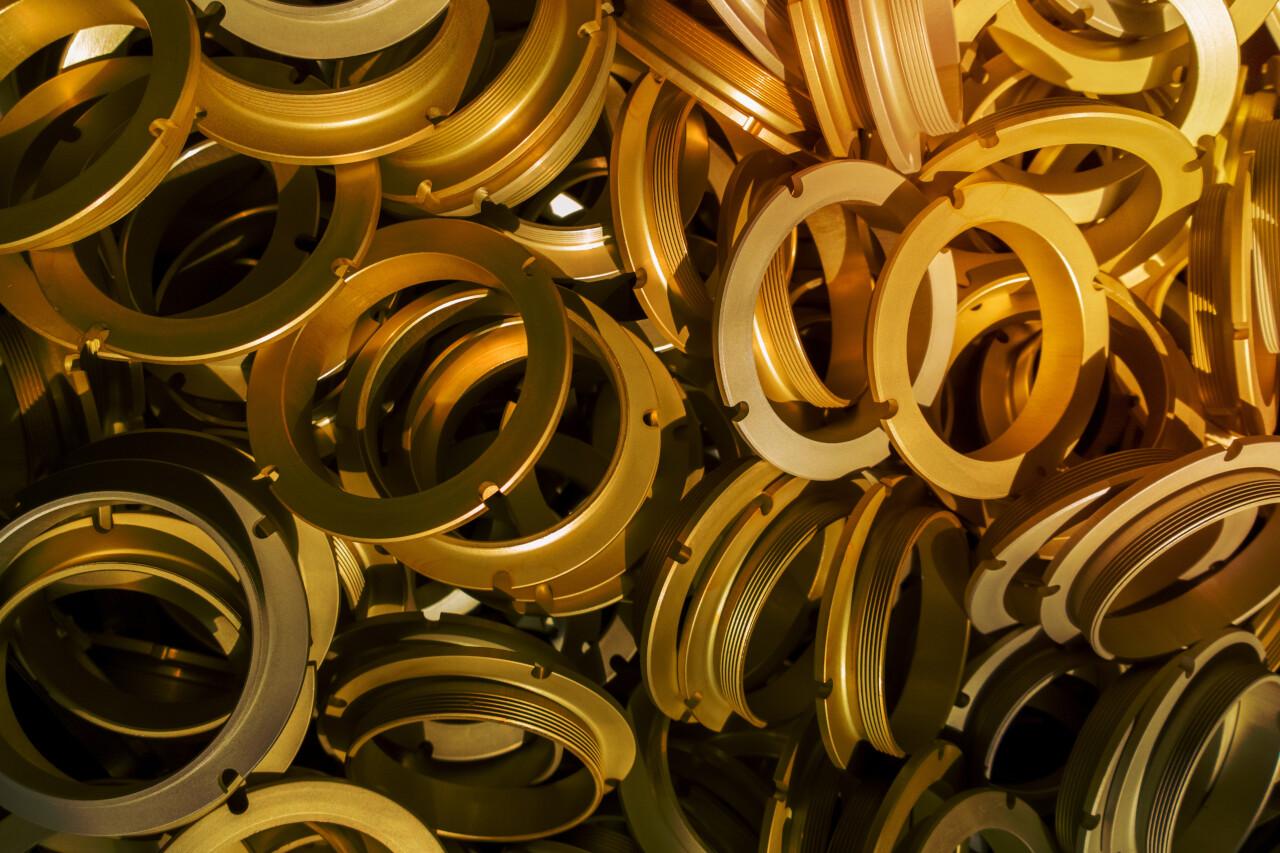
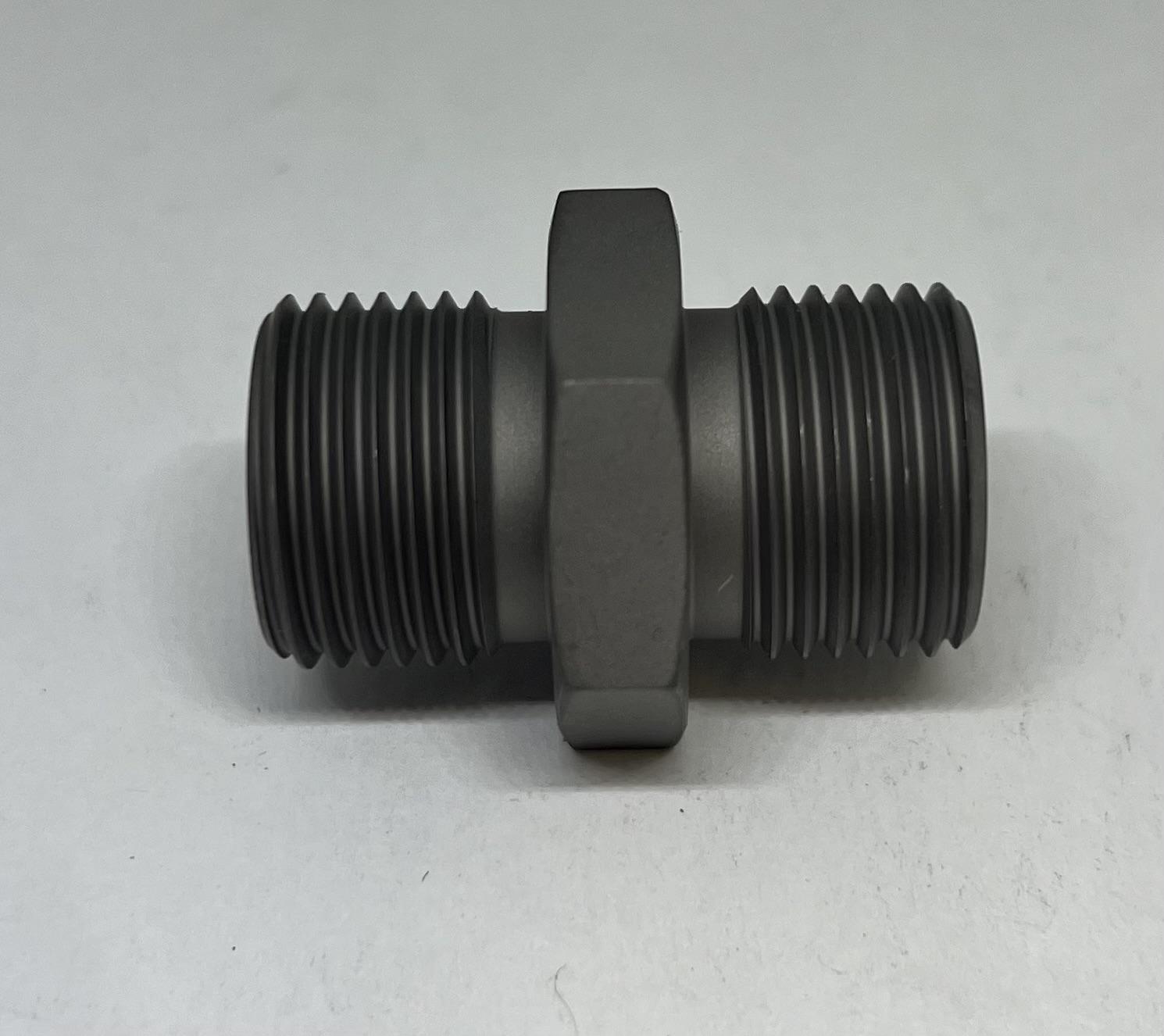
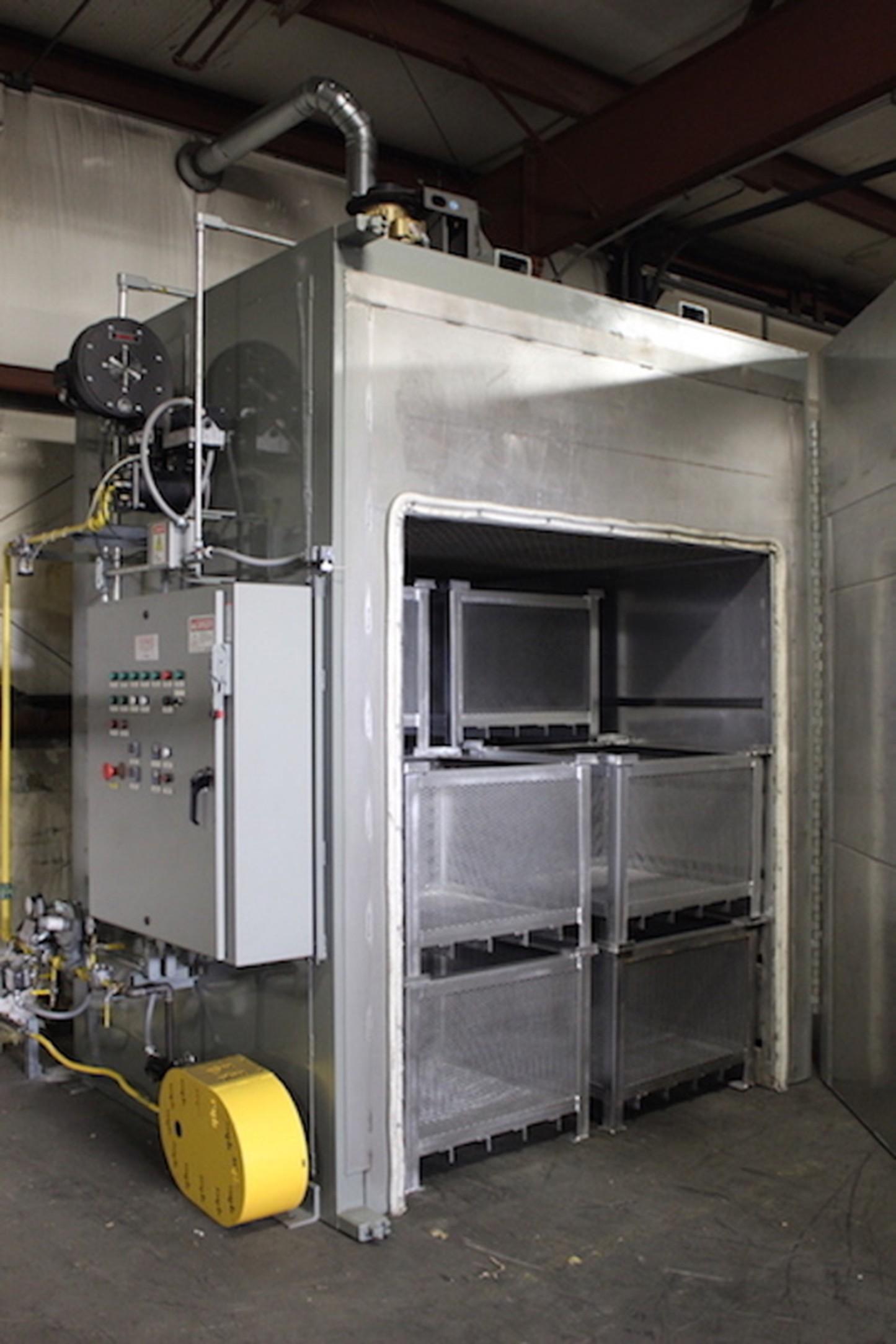
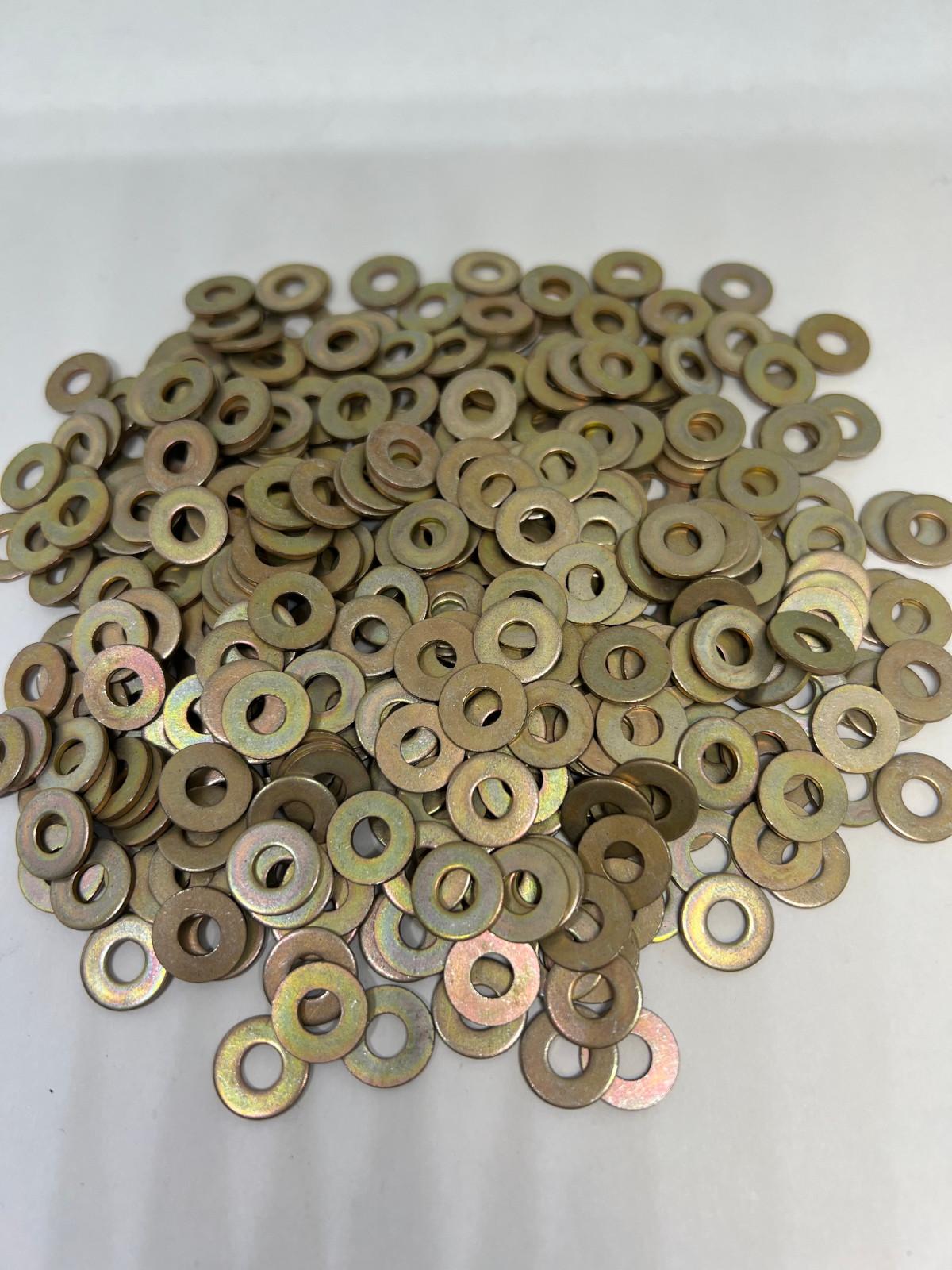

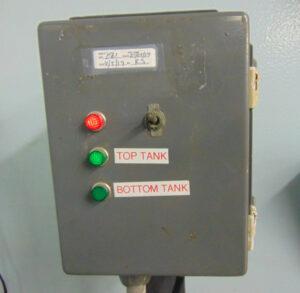
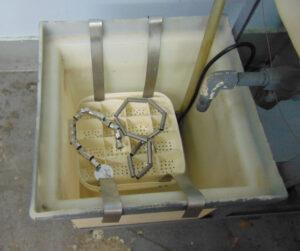
 California-based DTO Industries LLC, is proud to announce that seasoned Manufacturing executive Mark Davidson has been installed as the company’s new COO, reporting to DTO Industries’ President, TJ Grandcolas. Mark will be responsible for maximizing the operational efficiency of DTO’s existing companies: Electrode Technologies dba Reid Metal Finishings LLC (RMF) in Santa Ana, CA, and Superior Processing Inc. in Placentia, CA.
California-based DTO Industries LLC, is proud to announce that seasoned Manufacturing executive Mark Davidson has been installed as the company’s new COO, reporting to DTO Industries’ President, TJ Grandcolas. Mark will be responsible for maximizing the operational efficiency of DTO’s existing companies: Electrode Technologies dba Reid Metal Finishings LLC (RMF) in Santa Ana, CA, and Superior Processing Inc. in Placentia, CA.

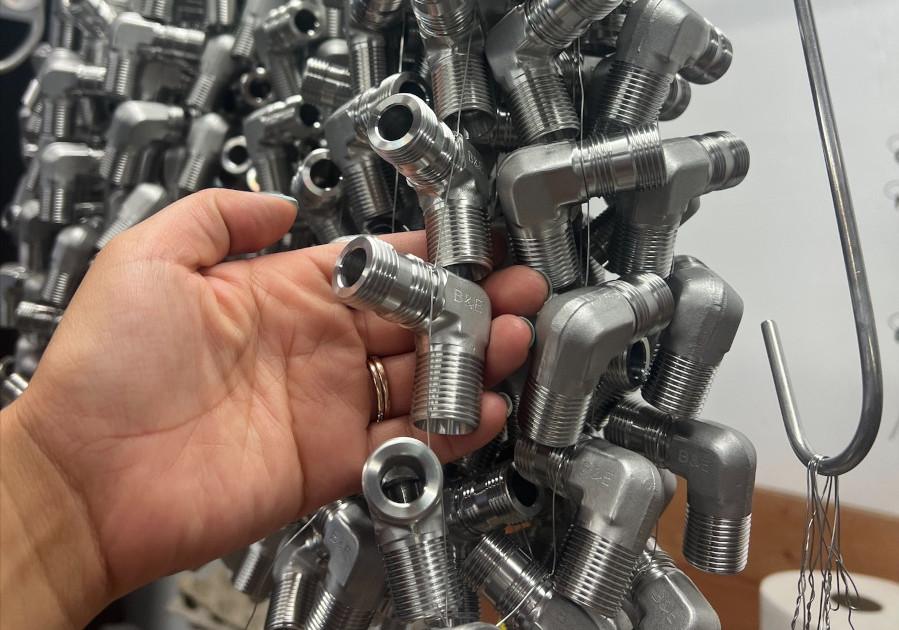
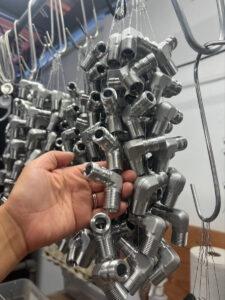 So what is passivation–and how does it work?
So what is passivation–and how does it work?